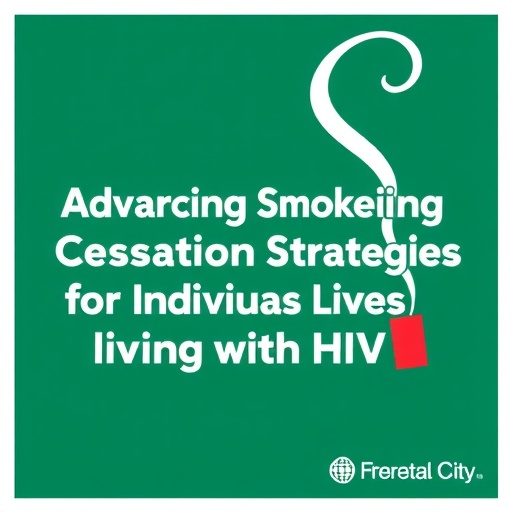Credit: UC Davis Bodega Marine Laboratory
Experiments with tiny, shelled organisms in the ocean suggest big changes to the global carbon cycle are underway, according to a study from the University of California, Davis.
For the study, published in the journal Scientific Reports, scientists raised foraminifera — single-celled organisms about the size of a grain of sand — at the UC Davis Bodega Marine Laboratory under future, high CO2 conditions.
These tiny organisms, commonly called "forams," are ubiquitous in marine environments and play a key role in food webs and the ocean carbon cycle.
STRESSED UNDER FUTURE CONDITIONS
After exposing them to a range of acidity levels, UC Davis scientists found that under high CO2, or more acidic, conditions, the foraminifera had trouble building their shells and making spines, an important feature of their shells.
They also showed signs of physiological stress, reducing their metabolism and slowing their respiration to undetectable levels.
This is the first study of its kind to show the combined impact of shell building, spine repair, and physiological stress in foraminifera under high CO2 conditions. The study suggests that stressed and impaired foraminifera could indicate a larger scale disruption of carbon cycling in the ocean.
OFF BALANCE
As a marine calcifier, foraminifera use calcium carbonate to build their shells, a process that plays an integral part in balancing the carbon cycle.
Normally, healthy foraminifera calcify their shells and sink to the ocean floor after they die, taking the calcite with them. This moves alkalinity, which helps neutralize acidity, to the seafloor.
When foraminifera calcify less, their ability to neutralize acidity also lessens, making the deep ocean more acidic.
But what happens in the deep ocean doesn't stay in the deep ocean.
IMPACTS FOR THOUSANDS OF YEARS
"It's not out-of-sight, out-of-mind," said lead author Catherine Davis, a Ph.D. student at UC Davis during the study and currently a postdoctoral associate at the University of South Carolina. "That acidified water from the deep will rise again. If we do something that acidifies the deep ocean, that affects atmospheric and ocean carbon dioxide concentrations on time scales of thousands of years."
Davis said the geologic record shows that such imbalances have occurred in the world's oceans before, but only during times of major change.
"This points to one of the longer time-scale effects of anthropogenic climate change that we don't understand yet," Davis said.
UPWELLING BRINGS 'FUTURE' TO SURFACE
One way acidified water returns to the surface is through upwelling, when strong winds periodically push nutrient-rich water from the deep ocean up to the surface. Upwelling supports some of the planet's most productive fisheries and ecosystems. But additional anthropogenic, or human-caused, CO2 in the system is expected to impact fisheries and coastal ecosystems.
UC Davis' Bodega Marine Laboratory in Northern California is near one of the world's most intense coastal upwelling areas. At times, it experiences conditions most of the ocean isn't expected to experience for decades or hundreds of years.
"Seasonal upwelling means that we have an opportunity to study organisms in high CO2, acidic waters today — a window into how the ocean may look more often in the future," said co-author Tessa Hill, an associate professor in earth and planetary sciences at UC Davis. "We might have expected that a species of foraminifera well-adapted to Northern California wouldn't respond negatively to high CO2 conditions, but that expectation was wrong. This study provides insight into how an important marine calcifier may respond to future conditions, and send ripple effects through food webs and carbon cycling."
###
The study's other co-authors include Emily Rivest from UC Davis and Virginia Institute of Marine Science, UC Davis professors Brian Gaylord and Eric Sanford, and UC Davis associate research scientist Ann Russell.
The study was supported by the National Science Foundation and the Cushman Foundation Johanna M. Resig Fellowship.
Media Contact
Catherine Davis
[email protected]
@ucdavisnews
http://www.ucdavis.edu
############
Story Source: Materials provided by Scienmag




